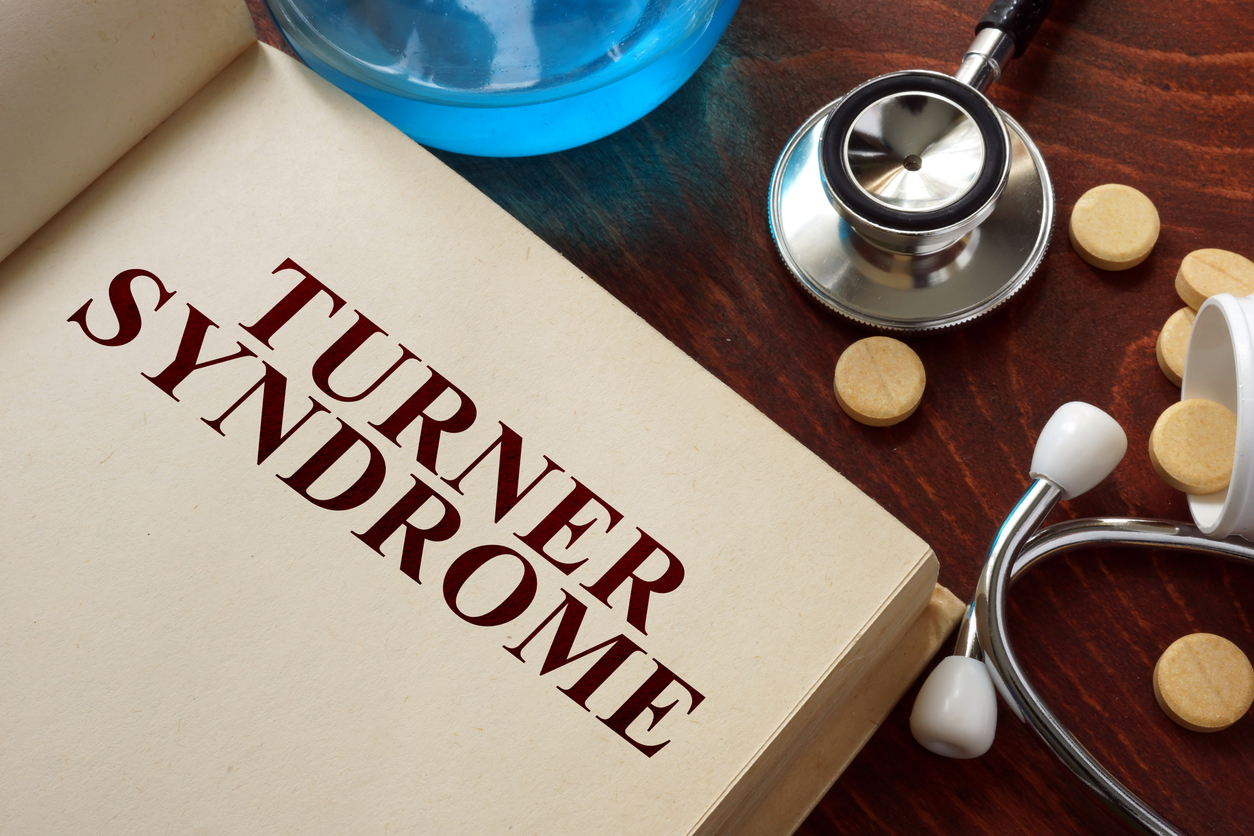2025-09-15
Lymphoma & the heart: a long-term debt?
Cardiology and Vascular Medicine Oncology
#Lymphoma #Cardiotoxicity #Cardiology
Lymphomas, although largely curable thanks to advances in treatment, expose patients to a significant risk of late cardiac toxicity, particularly after administration of anthracyclines and mediastinal radiotherapy. These side effects may appear years after remission, with long-lasting impact on survivors’ quality of life and cardiovascular morbidity.
While the cardiotoxic role of these treatments is well known, the precise dose–response relationships remain poorly defined—especially regarding safety thresholds, combined effects, and the differences between types of cardiac complications (heart failure, ischemic heart disease, valvular disease). Moreover, the available studies show major heterogeneity in methodologies, populations, and assessment techniques, limiting the applicability of their findings to current clinical practice. Against this backdrop, this study was initiated to quantify late cardiovascular risk as a function of cumulative anthracycline and radiotherapy doses.
What dose for what cardiac risk?
Six studies were selected, totaling 22,916 patients treated for lymphoma between 1965 and 2004. These reports included both actual cardiac doses received and the incidence of major long-term cardiovascular toxicities. The analysis estimated, for each treatment and each type of cardiac event, the excess relative risk (ERR) by dose using continuous statistical modeling.
For anthracyclines, an ERR of +92% per 100 mg/m² was observed for congestive heart failure (CHF). No significant effect was seen for ischemic heart disease (IHD), while the ERR for valvular disease (VHD) reached +25% per 100 mg/m². For radiotherapy, each Gy of mean heart dose was associated with an increase of +6.1% for CHF, +4.4% for IHD, and +10% for VHD. Linear regression models without a threshold indicated the absence of a safe minimum dose, suggesting that even low exposures can induce measurable cardiac risk—especially when treatments are combined. These data allow construction of an individualized cumulative risk profile, useful for guiding therapeutic choices and personalized cardiology follow-up.
Toward precision cardio-oncology
Lymphomas today benefit from effective curative treatments. However, these treatments expose patients to late cardiovascular complications, particularly after anthracyclines and mediastinal radiotherapy. The main challenge lies in maintaining optimal oncologic efficacy while preventing long-term cardiac toxicities, whose mechanisms and thresholds remain incompletely understood.
In this context, the study aimed to quantify late cardiovascular risk (congestive heart failure, ischemic heart disease, valvular disease) based on cumulative chemotherapy and radiotherapy doses, using dose–response regression analysis from the literature. Results highlight additive, linear cardiac effects of both agents, with no identifiable safety threshold—challenging the use of fixed cutoff values. These findings call for an individualized approach to cardiovascular risk, taking into account the actual cumulative dose and treatment combinations.
Further work includes the development of personalized predictive models integrating delivered doses, patients’ clinical characteristics (age, sex, risk factors), and long-term follow-up data, in order to optimize therapeutic strategies and cardio-oncologic monitoring of lymphoma survivors.
Read next: Cardiovascular diseases: the leading cause of death among women in France
About the author – Ana Espino

Last press reviews
Turner syndrome and autoimmunity: an underestimated association?

By Ana Espino | Published on December 8, 2025 | 3 min read<br>
Could cinnamon become a natural treatment for metabolic syndrome?

By Lila Rouland | Published on December 5, 2025 | 3 min read<br><br>...
Who is afraid of Christmas? Do holidays trigger psychiatric crises?

By Carolina Lima | Published on Décember 4, 2025 | 3 min read